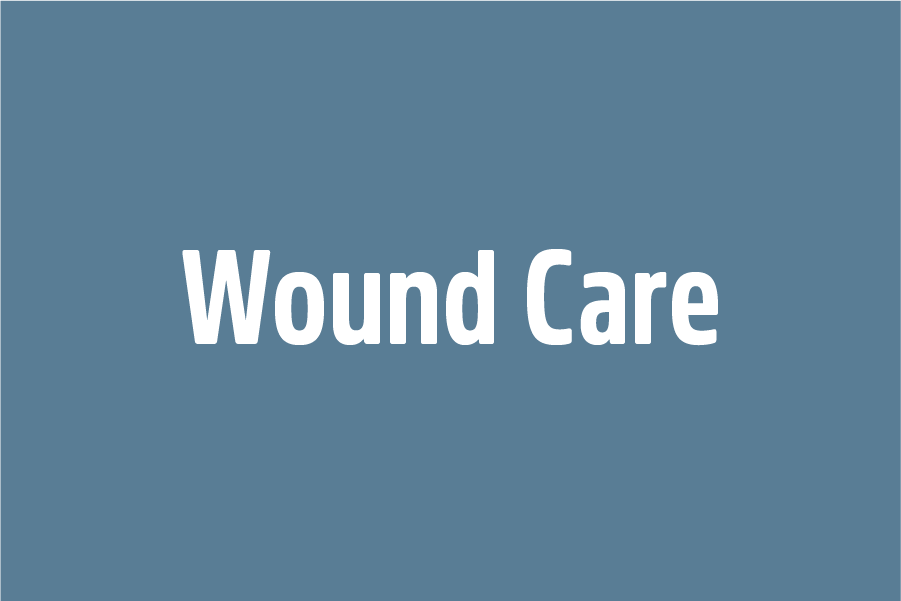By Dominic DeLaquil, Pennant ID/NV Therapy Resource
New acquisitions are not only a great opportunity to welcome a new facility to a market and the organization but they also give us an opportunity to provide culture and clinical training opportunities. This is really important early on as we need to understand what myths or rumors therapists from other organizations might be bringing with them. (This is also important with any new hires!)
Therapy programming on the long-term units was immediately identified as an opportunity for our residents. We saw a great opportunity to meet with the therapists, and ask questions to uncover any barriers, misunderstandings or prior trainings that they might have toward therapy interventions.
Understanding the benefits of maintenance therapy to keep residents at their highest practicable level of function was an identified area of educational opportunities. The training focused on the three things that are required to be in place to support the need for therapy services:
- Services must require the skills of a therapist
- Services must be reasonable and necessary for the patient’s condition
- Services must be rehabilitative in nature OR require the skills of a therapist to maintain function or prevent decline
It’s important to provide training on maintenance programs, including preventing decline, training aides and caregivers, and how we might attempt to transition to a maintenance program that can be carried out by our CNAs or RNAs. For example, training included how to adjust frequency to measure if therapy can discharge altogether without decline setting in and documenting those changes to the POC as evidence of the need for ongoing therapy skill if that’s the case. Training was also tied into the importance of QMs and survey tags related to failure to prevent a decline in function.”
Here are the key areas that constitute material impact other than progress:
• Assessment and analysis (Vitals, standardized tests)
• Preventing decline or deterioration
• Decreasing medical risk (Vitals)
• Training others to facilitation improvement or prevent decline
The training then focused on examples of what to capture in the documentation to support therapy services. Overall the response was a collective sigh of relief knowing that they, the therapists, could build a LTC program using their clinical judgment and knowing that they had the resources and support to ensure services were supported in the documentation.

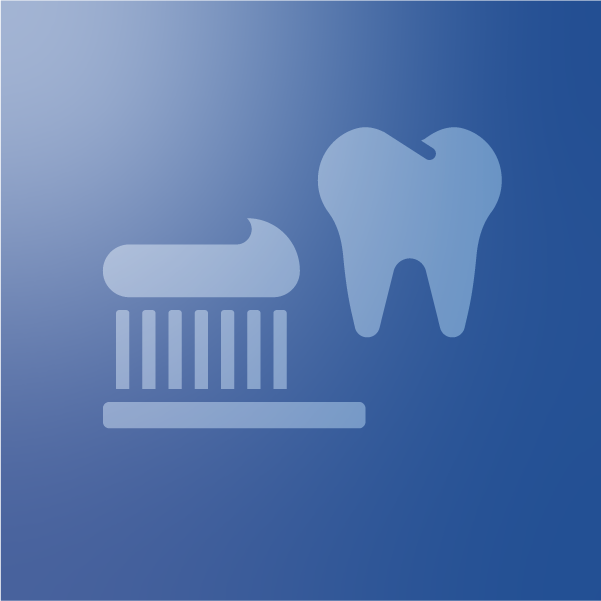
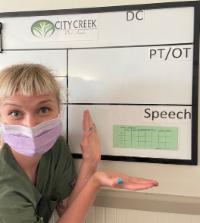
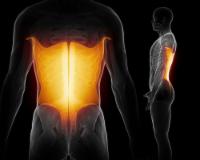

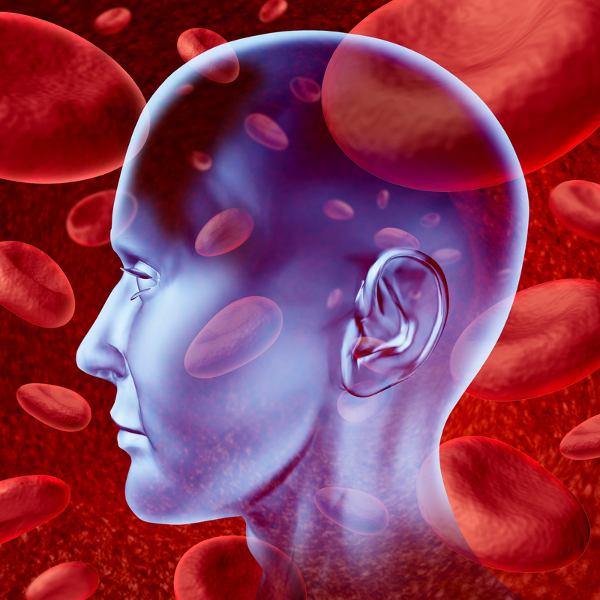




 Why is respiratory function so important for SLP involvement?
Why is respiratory function so important for SLP involvement?